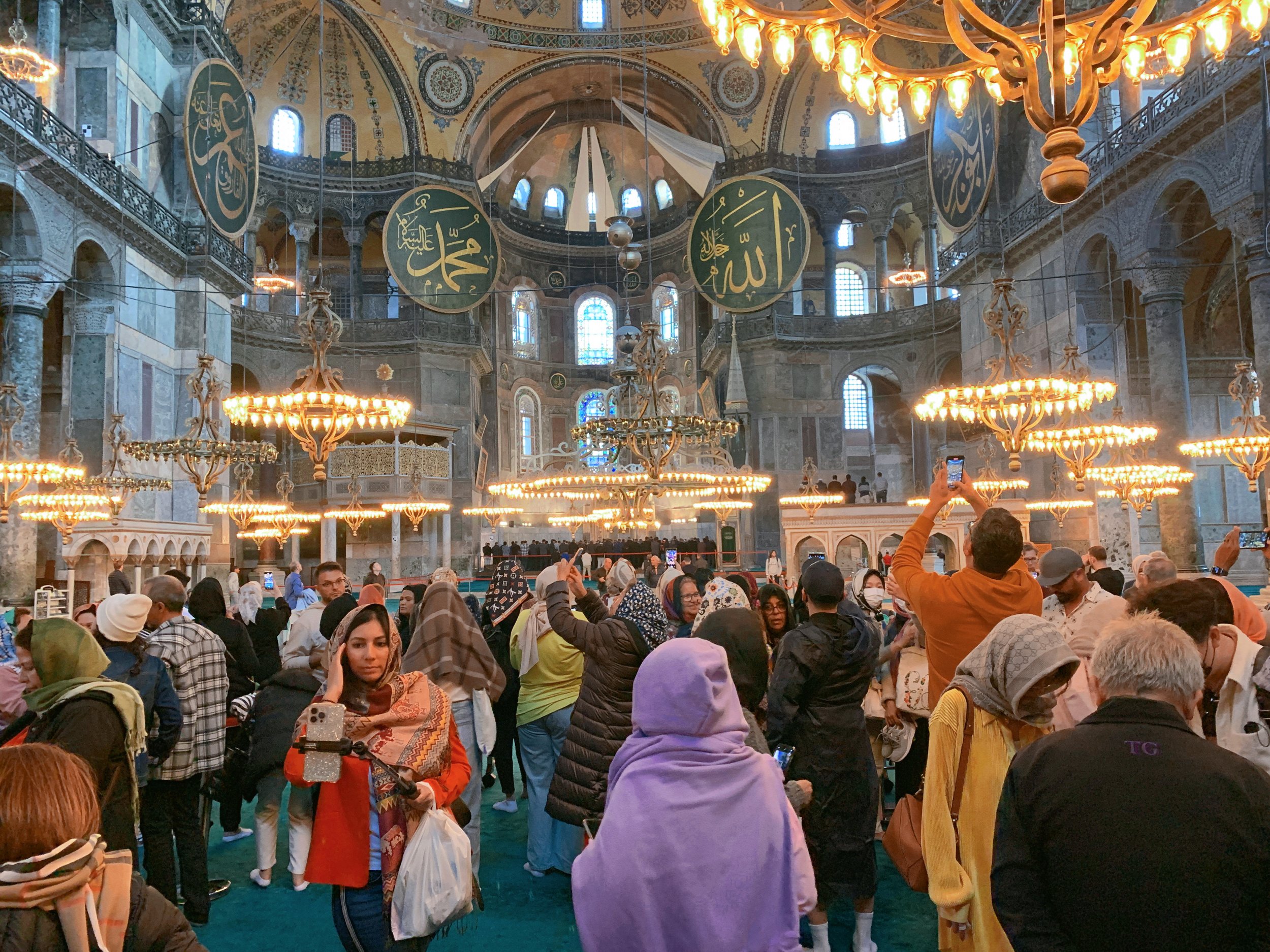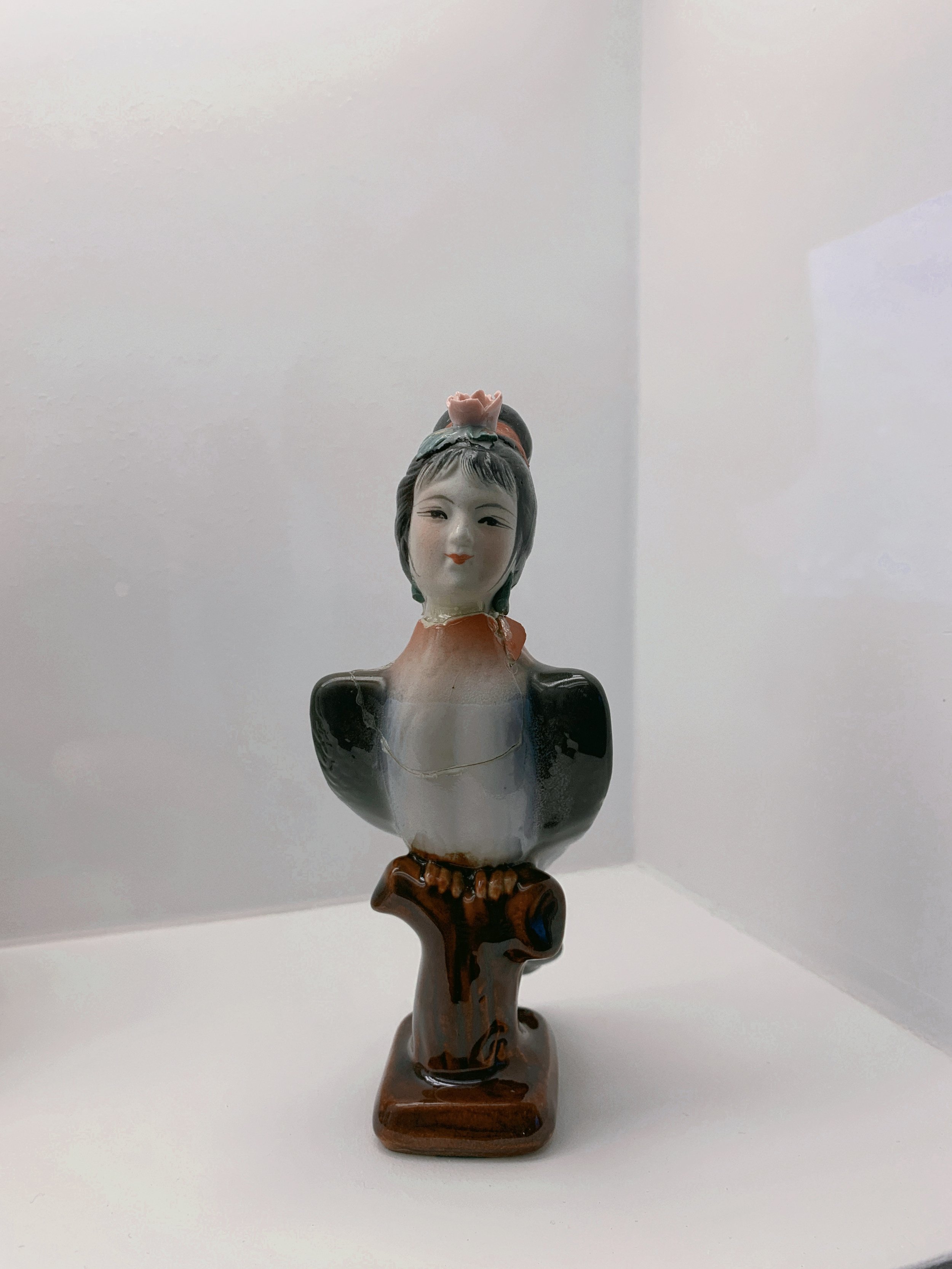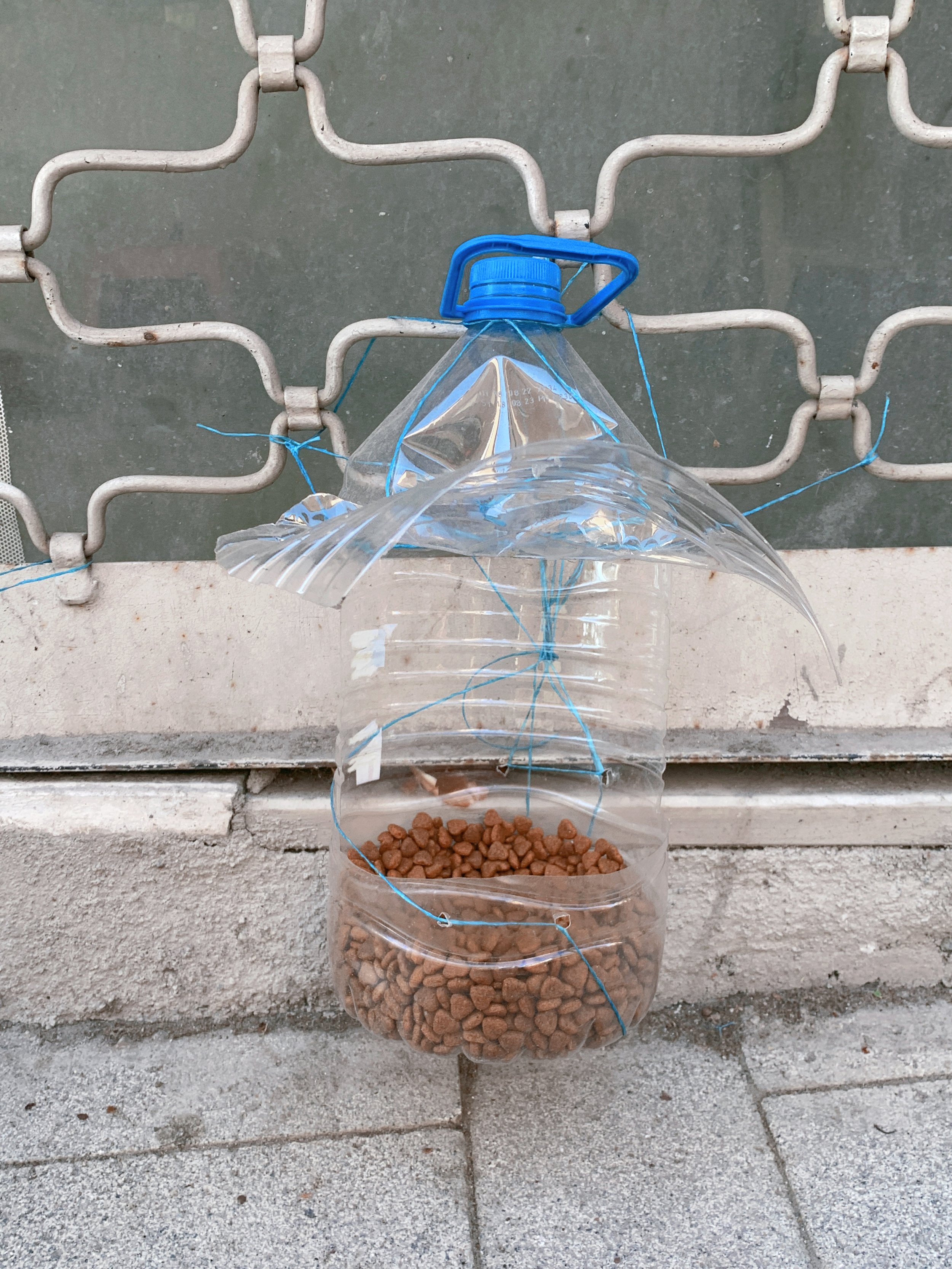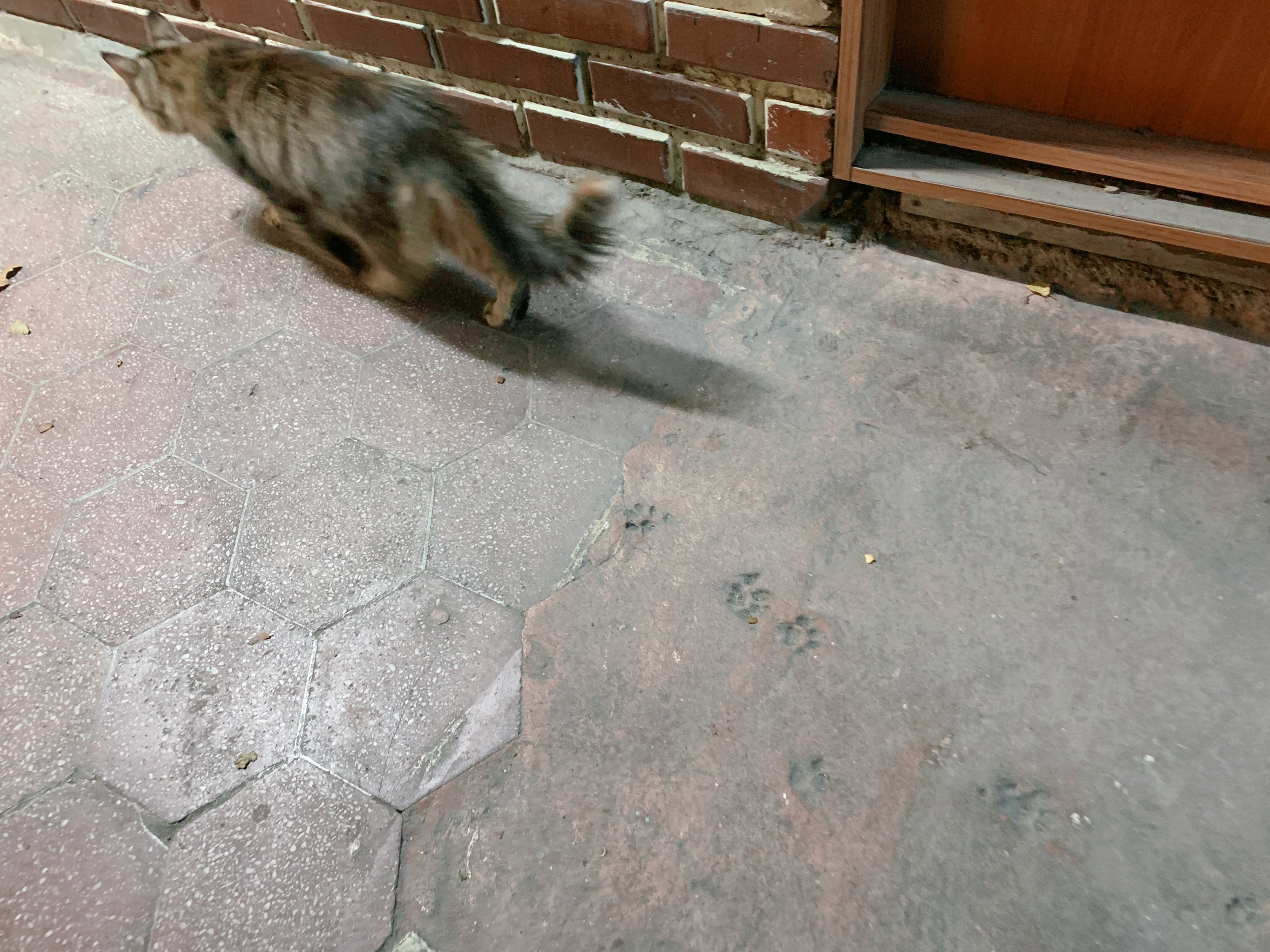Dear Arnaud,
The owls are indeed not what they seem.
Some years ago I had written something about owls that I wanted to share with you, it felt resonant. It took me a while to track it down. I searched through hard drives, PDF’s, old computers. While going through a project called the coliseum, where I thought it was, I began to feel a little like my art practice might be a little like a mental illness. And I shuddered when one of the drives wouldn’t load. How tenuous this all is...
I found the line eventually in a document called charnel grounds or diminishingly yours.
When I read a wiki about the cultural symbology of owls I pretty much sober up from any nostalgia for techno-human cultures past.
That was the line. It seems smaller now.
I’ll also wanted to include this unsettling GIF.






























































































































































































































